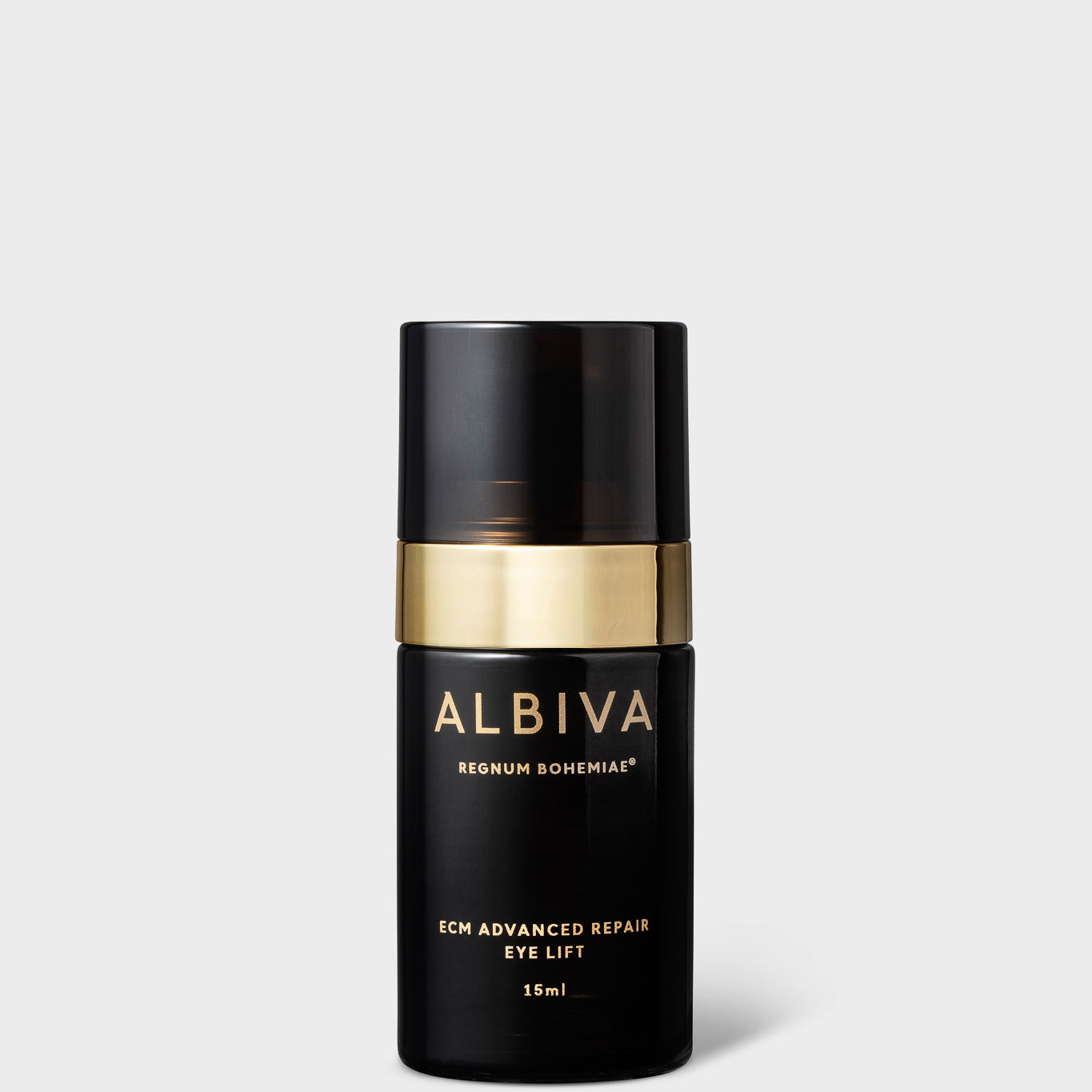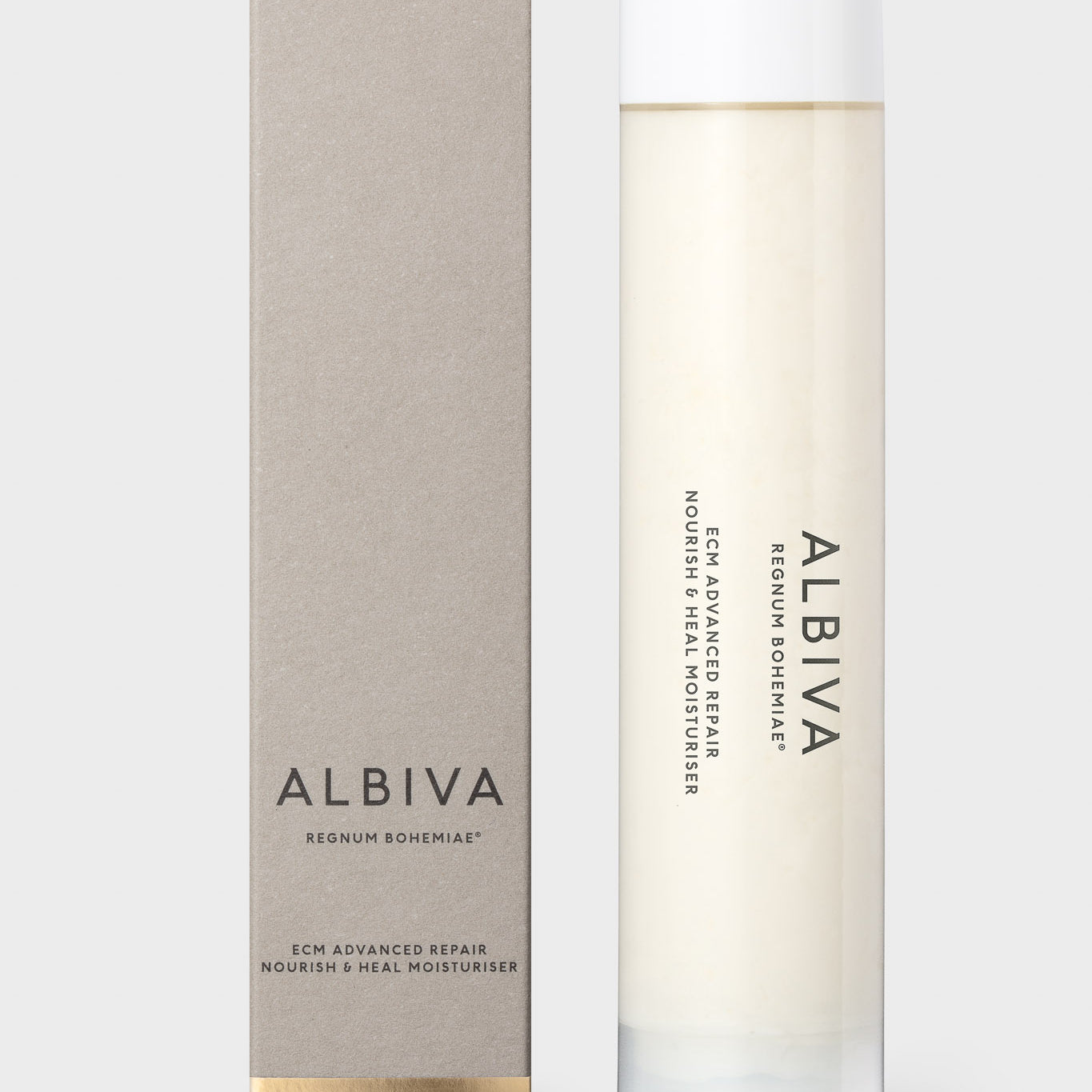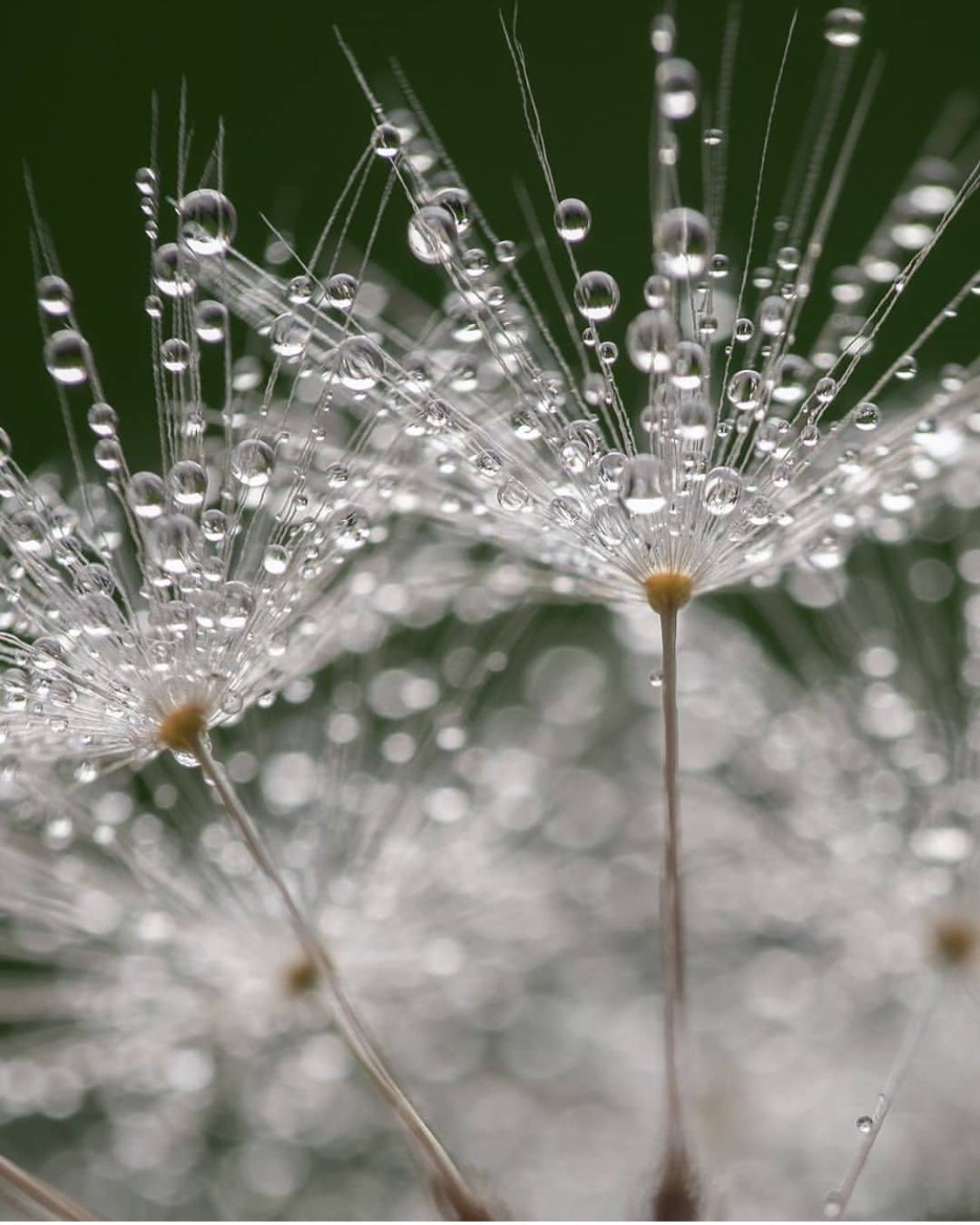The Power of Crystals – Do They Work, and How?

‘If you want to find the secrets of the universe, think in terms of energy, frequency and vibration.’
- Nicola Tesla
Whether you believe in the power of crystals or not, science backs the remarkable ability of crystals to transform, absorb, amplify and transmit energy.
One of the most amazing properties of quartz is the ability of its crystals to vibrate at such a precise frequencies that quartz crystals are used to make extremely accurate time-keeping instruments. After all, this is what powers our Quartz watches. Today, billions of quartz crystals are used to make oscillators for watches, clocks, radios, televisions, electronic games, computers, cell phones, electronic meters and GPS equipment. Optical grade quartz crystals are used to make lenses and filters used in lasers, microscopes, telescopes (including NASA’s), scientific instruments, etc.
Apart from the piezoelectric properties of quartz its value also resides in its heat resistance.
We use cooled rose quartz crystal eggs for a massage during our signature Albiva facial treatment to absorb the heat and cool down the skin after the energetic lift & firm massage movements.
What is Quartz?

Quartz generally refers to a group of minerals which include amethyst, rose quartz, rock crystal, citrine etc. Quartz consists of one part silicon and two parts oxygen. It is silicon dioxide (SiO2). The chemical composition of quartz is nearly 100% SiO2. It is the most abundant mineral found at Earth's surface and a major constituent of sand and soil everywhere in the world. Its unique properties make it one of the most useful natural substances. The material of beach sand is now the material of the world’s most advanced electronic devices.
The source of natural energy.
The property that makes quartz an electronic miracle, is the fact that, when compressed or bent, it generates a charge or voltage on its surface – a phenomenon called the Piezoelectric effect. In the same way, if a voltage is applied, quartz will bend or change its shape very slightly.
A fun fact: if a bell was shaped from a single crystal of quartz, it would ring for minutes after being tapped. Almost no energy is lost in the material.
The electric charge (piezoelectricity) that accumulates in certain solid materials such as quartz crystals, also accumulates in some biological materials such as bone, DNA, and various proteins.
Another fun fact: the piezoelectric properties of bone are due to collagen. In one study, the piezoelectricity of single individual collagen fibrils was measured using piezoresponse force microscopy, and it was shown that collagen fibrils behave predominantly as shear piezoelectric materials.
Healing with crystals.
The vibrations of crystals are known to change depending on the energy surrounding them, for example, did you know that rose quartz turns black when exposed to radiation? This ability of crystals to absorb, transform and transmit energy is the main foundation for healing with crystals. The crystals vibrate at their own energy, much the same as the cells in our body, so the premise is when these two frequencies meet, the balance in the energy field is achieved.
A need for synthetic quartz crystals.
In the industries, on average, about ten billion of quartz crystals are used every year. This demand far outstrips the supply from mining. Today, most of the quartz crystals used in electronic components and optical instruments are grown in laboratories instead of produced from mines. The synthetic crystals are grown at high temperatures from superheated waters that are rich in dissolved silica. Some clear quartz crystals can be treated using heat or gamma-irradiation to induce colour where it would not otherwise have occurred naturally. Further, like other crystals, quartz may be coated with metal vapours to give it an attractive sheen.
When choosing your crystal, you may therefore want to opt for a natural and untreated version.
Sources:
- Minary-Jolandan, M. & Yu, Min-Feng (2009). "Nanoscale characterization of isolated individual type I collagen fibrils: Polarization and piezoelectricity". Nanotechnology.
- Becker, Robert O.; Marino, Andrew A. (1982). "Chapter 4: Electrical Properties of Biological Tissue (Piezoelectricity)"
- https://geology.com/minerals/quartz.shtml
- bellabeat.com
- researchgate.net/profile/A)_Balasubramanian/publication/320324722_quartz
- Erhart, Jiří. "Piezoelectricity and ferroelectricity: Phenomena and properties". Department of Physics, Technical University of Liberec. Archived from the original on May 8, 2014





